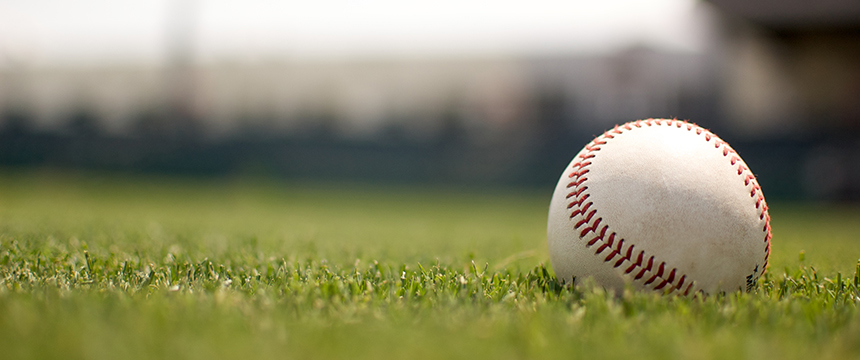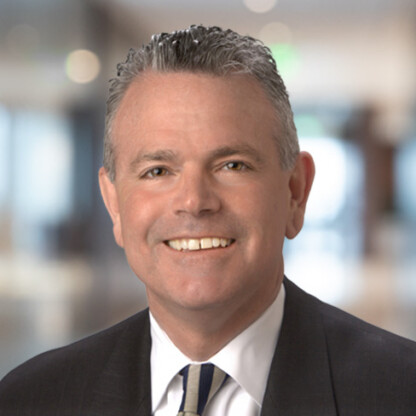
This article was originally published by the Sports Business Journal on May 23, 2022.
On May 9, the NCAA Division I board of directors published guidance aimed at reining in school booster involvement in name, image and likeness deals with college athletes. Booster NIL activity has grown steadily since the release of the NCAA Interim NIL Policy in June 2021, and college athletes became free to commercialize their NIL without forfeiting their NCAA eligibility. The long-anticipated guidance had promised to add both clarity and teeth to the NCAA’s NIL enforcement regime. Instead, it seems less a revelation of anything new and mostly a clarifying restatement of existing NCAA policy. Expecting more, many wonder whether the guidance merely confirms that the NCAA will continue to eschew NIL enforcement activity, which it has seemingly abandoned since its oversight powers were curbed by the United States Supreme Court in NCAA v. Alston.
After the NCAA issued its interim policy and various state NIL laws became effective on July 1, 2021, college athletes began to enter into licensing and endorsement deals with third parties hoping to cash in on their marketability. Soon, however, boosters and third-party entities known as NIL “collectives” began to emerge as the true revenue engines of the NIL ecosystem, reportedly doling out NIL opportunities and multimillion-dollar rights deals to college athletes around the country, and effectively changing the face of college athlete NIL compensation.
An NIL collective, which generally lines up behind its favorite school, typically contracts with a student athlete on behalf of its members (often the school’s alumni) to provide payment in exchange for non-athletic services or to license and use the student athletes’ NIL. These collectives typically pool resources from like-minded boosters or alumni, ordinary fans, donors, and local businesses, and act as clearing houses or matchmakers (depending on structure) in the NIL economy. For example, a collective might “sign” a college athlete to a significant NIL agreement to endorse the collective itself, or it might connect a college athlete with local businesses to contract independently. The funds raised by a collective might come from monthly subscription fees paid by fans, big dollar donations from alumni or boosters, or payments from businesses hoping to engage with the college athletes. More than 100 NIL collectives are operating in college sports, which experts believe will raise over $500 million in college athlete NIL compensation in 2022 alone.
Big money raised for big-time college athletes and — more specifically, for big-time recruits — seemed likely to sound alarm bells at the NCAA, whose interim policy and existing bylaws specifically prohibit both recruiting inducements and “pay-for-play” schemes. Many view NIL collectives as pass-through entities for both types of illicit behaviors. Concerns about such activity reached a crescendo recently with reports that college athletes were entering the NCAA transfer portal to explore and pursue NIL opportunities at other schools. Boosters and NIL collectives have steadfastly argued that their arrangements are bona-fide quid pro quo engagements for marketable stars and their activities are within applicable laws and rules. In the first 10 months of the new NIL era, the NCAA has not taken any disciplinary action against a school, booster, or college athlete. Consequently, NIL stakeholders were bracing for new NCAA enforcement actions or rules that might put the regulatory brakes on any potentially impermissible activity, especially around collectives and their perceived impact and influence on recruiting. While the new guidance serves to highlight these issues, it appears to fall short in setting expectations and controls.
The new guidance is instructive for both prospective and current college athletes. It addresses the inducement question by clarifying that an agreement between a college athlete and a booster or NIL entity “may not be guaranteed or promised contingent on initial or continuing enrollment at a particular institution,” and also by instructing that institutional officials cannot act as facilitators or go-betweens for recruits and NIL entities. The guidance goes on to restate the NCAA’s existing prohibitions on booster activities (i.e. conversations with recruits) and pay-for-play (i.e. “payment based on performance or given on an incentive basis are prohibited”) but offers no new regulation specific to what might constitute an improper inducement in the context of collectives or NIL agreements more generally. It reminds participants that NIL buyers must not pay more than fair market value for a college athletes services or NIL, but offers no instruction on how such value might be determined.
In short, the guidance is a reiteration of existing NIL and NCAA policy rather than a reformulation or refinement. If anything, it reads more like a threat of impending enforcement activity, warning collectives and others that they are likely “boosters” under NCAA rules and that their activities could spell trouble for their beloved schools and the college athletes with whom they do business. However, even if that were its sole purpose, many (including collectives) seem ready to defend themselves or call the NCAA’s bluff. Indeed, many believe that, notwithstanding the new bluster, the NCAA will continue to be unwilling to engage in any (much less, aggressive) NIL enforcement activity for fear of antitrust or other litigation as a consequence of the Supreme Court’s decision in Alston, which significantly stripped the NCAA of purported legal defenses it had long cited to prohibit or restrict NIL and other college athlete compensation. Absent such defenses, the NCAA seems paralyzed to act against potential infractions in this post-Alston, new NIL environment.
In issuing the new guidance, the NCAA’s objectives and intentions are ultimately unclear. Was it hoping to restore some order amid the NIL maelstrom or re-insert itself as an authority to fear? Having previously ceded the entire NIL field to boosters, collectives, college athletes, and others, the NCAA is not likely to meet such objectives and, more likely, may only embolden those who may be inclined to act outside its rules in the belief that the NCAA won’t act or would be unsuccessful if it did. Against this tide, something more will be required if basic rules against recruiting inducements or pay-for-play in college athletics are to have meaning or exist effectively (and there are many participating in the NIL economy who think they should not). Those rules can only be sustained by real and active enforcement. Notes from the sidelines are not going to do it; the NCAA is going to have to find a way to get back into the game if it wants to have a real role in the new college sports landscape that continues to take shape in its absence.
Jon Israel is a partner at Foley & Lardner and co-chair of the firm’s Sports & Entertainment Group. Gregory Marino is a litigation special counsel with Foley & Lardner and a member of the firm’s Sports & Entertainment Group.
